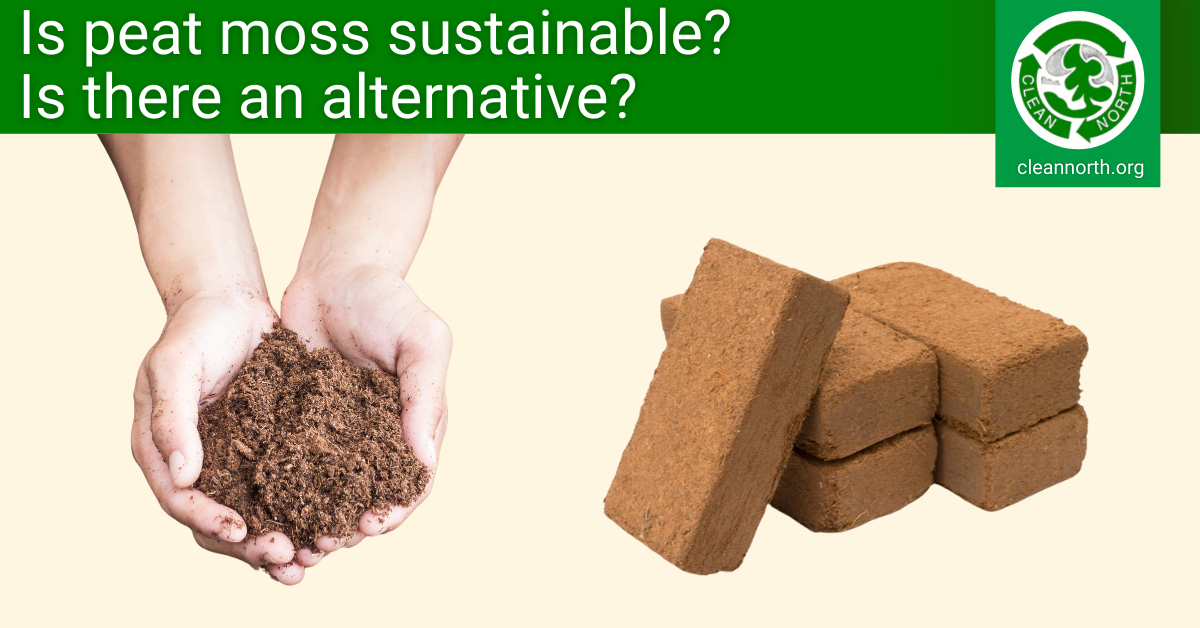
One of the big decisions gardeners have to make is what amendments to add to soil to help plants grow better. Compost is always a good choice as it adds both structure and nutrients.
But what about peat moss? Many gardeners add peat to their garden soil as it is easy to find, helps aerate soil, and holds onto moisture — but only if watered regularly. However, some people have concerns about using peat moss.
So what is peat, and what’s the beef about it?
Peat forms as organic matter (mainly plants) decays very slowly in a highly acidic wetland. And by slowly, we mean it can take thousands of years for peat to form a few metres deep. For centuries, people have used peat for various purposes, but historically, the main use was for heating fuel, particularly in Finland, Ireland, and Scotland. Today peat is by far the most popular soil amendment. Because it’s very acidic, it’s especially prized for amending soil around acid-loving plants such as conifer trees, magnolias, rhododendrons, and azaleas.
Some say peat is a renewable resource — that harvesting peat is similar to harvesting trees for lumber. After an area has been harvested for peat, the peat bogs are restored, for example, by reintroducing peatland plants and restoring natural water flow to the area.
But others question whether human attempts to create a peatland over several or even many years produces anything close to a peat bog that nature formed over thousands of years. And peatlands are ecologically important wetlands that store a lot of carbon. In Europe, most peaty wetlands have been lost or drastically altered through overharvesting and development, which has led to harvesting bans.
Most peat sold here is of Canadian origin. And each year, only a tiny amount of Canada’s peaty places are harvested. But concerns over how long they take to renew remain.
Coconut coir: An alternative to peat
An increasingly popular alternative to peat is coconut coir (pronounced coy-yer), a natural fibre from coconut husks. Coir is truly renewable, and using it helps ensure that no part of the coconut goes to waste. Coir also holds moisture well. It’s much less hydrophobic than peat — once peat dries, it doesn’t like to re-wet. Coir also decays slower than peat so it provides structure to your soil longer. And it’s less acidic so better for plants that prefer things on the alkaline side (for example, clematis).
Clean North’s worm composting expert, Don McGorman, notes that coir is better than peat as worm bedding because it takes longer to break down. Coir comes in bales like peat or as compressed blocks, which expand to several times their volume when soaked in water. The compressed blocks take up a lot less space than a bale of peat.
A down side of coir is coconuts don’t grow in Canada so this material must be shipped from faraway places. And it’s grown in plantations, which are monocultures often subjected to heavy pesticide and fertilizer use.
So where can you get coconut coir blocks in our area?
Try a local nursery like New North Greenhouses. And if you have a Horticultural Society membership, remember that you get a 10% discount at New North and some other local garden centres.
Good luck with your soil amendment decision!




